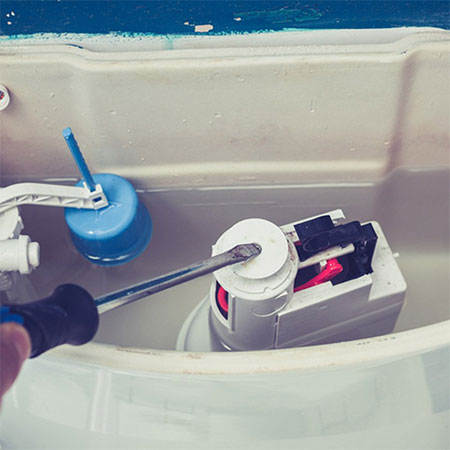4 Things Every Homeowner Should Know
When you move into a property, you need to educate yourself with monthly or annual tasks that need to be done to keep your home safe and in good condition.
10/02/2020
When moving into a property, be it your first home or one of many homes, every homeowner should know and understand the workings of the home - for the safety of your family and to better understand what tasks need to be done monthly, bi-annually or once a year.
There are more than a few essential tasks that need to be done to prevent future problems from arising and so that you know what must be done immediately in case of an emergency.
1. Understand Home Electrical Supply
Unless you are completely 'off-grid', your house is connected to municipal or Eskom power. The electrical supply into a house is via a Distribution Board or a main board from which all wires then run to points within the house. One of the first priorities every homeowner needs to perform is to ensure a property is safely wired in line with municipal or government regulations and that the Distribution Board is clearly labelled.
A new homeowner, when purchasing a property, should receive a Compliance Certificate that confirms that all electrical supply within the property is in working order and complies with regulations. In the absence of a Compliance Certificate, you should take it upon yourself to have a qualified electrician check that all wiring is safe.
Any illegal wiring or work done by an unregistered electrician can be a danger, so a solid understanding of your home electrical supply will give you peace of mind.
2. Understand Home Plumbing System
While not as important as your home electrical supply, understanding how to fix leaky tap by replacing a tap washer or to unclog a drain or pipe is also something that every homeowner should know. Drips and leaks waste a lot of water - and money - when left unattended to. Replacing a tap washer is a 10-minute job for most tap types, or if your taps are beyond that stage, it's not even that difficult to replace the entire tap and install new. Additionally, it's important to be aware of signs that may indicate a potential issue, such as noticing unexplained moisture or a sudden increase in your water bill, which could lead you to suspect a slab leak and prompt you to contact a plumber for inspection.
Equip yourself with the knowledge to understand how your home works in case of an expected emergency.
One priority that many a homeowner tends to overlook or ignore is to locate the main stopcock. The main stopcock is where water supply from the municipal line enters your property. I have heard that many municipalities are removing the stopcock and that you will, in future, need to get in touch with the municipality in the event that you have an emergency and need to turn off the main water supply. Until this happens, know where to switch off the main water supply should the unexpected happen.
3. Home Safety And Security
When taking occupation of a new property, the first thing you will want to do is to change the locks. Have a locksmith come round to replace all the locks on access doors, including the garage and any outbuildings.
If the property has an alarm system installed you will need the security company to come out and explain how the system works and ensure everyone in the home fully understands the alarm and any panic buttons.
A house within a development, such as that governed by a Body Corporate or Homeowners Association, may also have electric fencing or additional security installed. One of your first steps should be to get in touch with the governing association and fully acquaint yourself with operations and procedures that will have an impact on your personal and home safety and security.
4. Drips, Leaks and Flooding
Gutters, downspouts and drainage are vital for keeping the structure of a property from harm. As a homeowner, you should be aware of any potential problems before they occur. Water marks on the ceiling, for example, could be an indication of leaks in the roof caused by a slipped or broken tile, or mortar missing along a ridge cap, or loose flashing. Make it a mission to regularly check the roof for any damage and repair this as soon as possible.
Areas that experience poor drainage should be identified and dealt with. The last thing any homeowners needs is to experience a torrential downpour only to find that water runs into the house. Examine the perimeter of the building and check for any areas that look suspicious or could be cause for concern. It is far better to rectify these before any damage occurs.
images | family handyman





